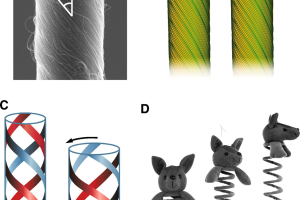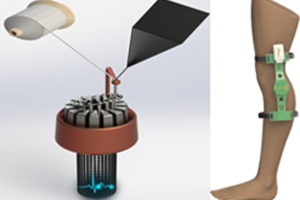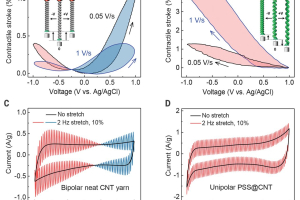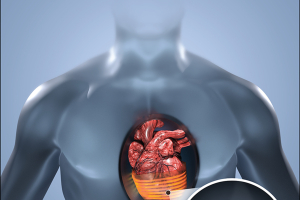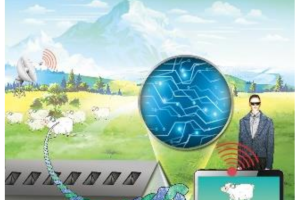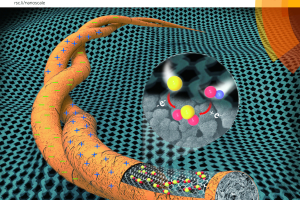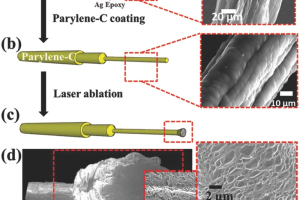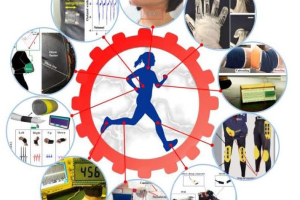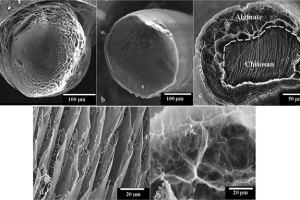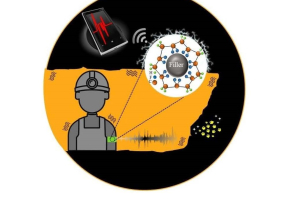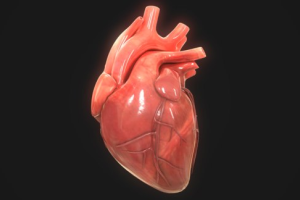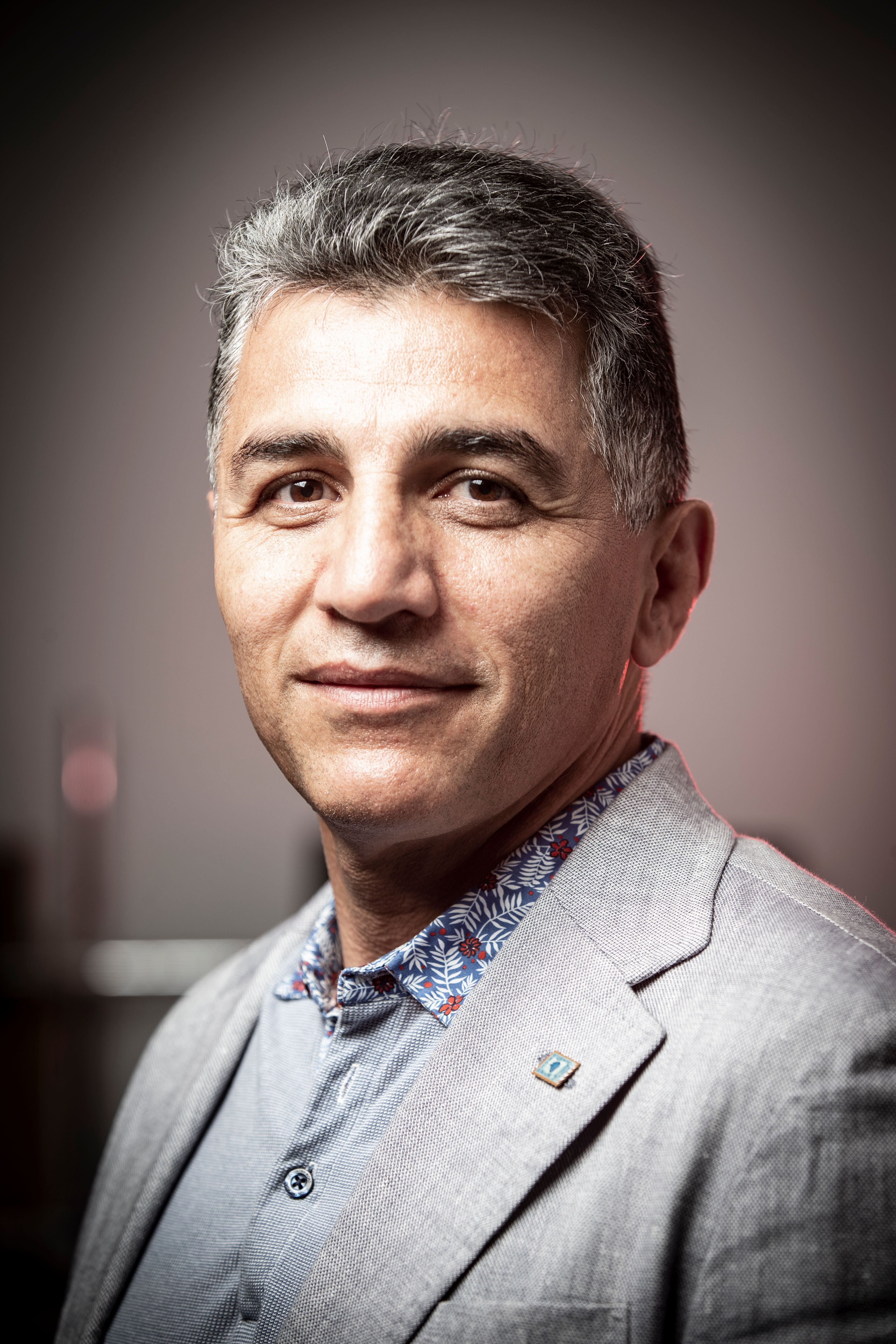
My Expertise
Dr Foroughi has specialised in innovative research work in smart materials with a focus on artificial muscles, soft robotics and wearable technology for emerging advanced applications, including Medical Devices (Artificial Heart Muscles), Health Monitoring, and Wearable Energy Generators.
Keywords
Biography
Dr. Foroughi is a Senior Research Fellow and Chief Investigator within the ARC Research Hub for Connected Sensors for Health at the University of New South Wales. He is also a recipient of the Australian Research Council DECRA Fellowship and a visiting professor at the Department of Thoracic and Cardiovascular Surgery, Hannover Medical School, Germany. He specializes in innovative research on smart materials, focusing on artificial muscles,...view more
Dr. Foroughi is a Senior Research Fellow and Chief Investigator within the ARC Research Hub for Connected Sensors for Health at the University of New South Wales. He is also a recipient of the Australian Research Council DECRA Fellowship and a visiting professor at the Department of Thoracic and Cardiovascular Surgery, Hannover Medical School, Germany. He specializes in innovative research on smart materials, focusing on artificial muscles, soft robotics, and wearable technology for advanced applications, including medical devices and health monitoring. Dr. Foroughi has made pioneering contributions to the field of smart materials science and is internationally recognized as an emerging leader in this area. He is widely acknowledged as the inventor of Torsional Carbon Nanotube Artificial Muscles, published as a highlight paper in Science in 2011. His growing national and international reputation is demonstrated by numerous awards and invited presentations, including the Best Impacts Joint Award by IEEE Consumer Electronics Magazine, the Gold Award for Market Disruptor Product at the 53rd Annual R&D 100 Awards & Technology Competition (USA), and recognition as an Emerging Research Fellow at the Illawarra Health and Medical Research Institute (IHMRI). He has also led the Diagnostics and Therapeutics Program at IHMRI and served as a guest editor for leading journals. Dr. Foroughi’s accomplishments include securing an ARC DECRA Fellowship and publishing over 200 refereed papers in top-ranked journals, including five in the prestigious journal Science. He has been instrumental in securing over $7.5 million in competitive research grants from ARC, universities, and local industries. Dr Foroughi has extensive experience supervising higher research degree students, having successfully guided 15 PhD candidates as a primary or co-supervisor. His recent research focuses on developing smart materials for biomedical applications, including wearable sensors, wearable energy generators, artificial heart muscles, smart drug delivery systems, and smart textiles. Dr. Foroughi joined the School of Mechanical & Manufacturing Engineering at UNSW as a Senior Research Fellow and Chief Investigator within the ARC Research Hub for Connected Sensors for Health in 2021.
My Grants
Lead/ Chief Investigator for over $12 million competitive research grants: NSW Health Collaborative Grants 2025, Cardiovascular Senior and Early-Mid Career Researcher Grants 2024, ARC research hub for connected sensors for health 2021, NSW TechVouchers 2017, Global Challenges 2016, ARC- Discovery Early Career Researcher Award (DECRA) Fellowship 2013
My Qualifications
Dr. Foroughi received his B.S. and M.S. degrees in Engineering (Polymer Materials Science) in 1997 and his Ph.D. in Materials Engineering from the School of Mechanical, Materials, Mechatronic, and Biomedical Engineering at the University of Wollongong, Australia, in 2010. He is a Senior Research Fellow at the University of New South Wales and a recipient of the Australian Research Council (ARC) DECRA Fellowship. Dr. Foroughi is also a visiting professor at the Department of Cardiothoracic, Transplantation, and Vascular Surgery at Hannover Medical School, Germany. Previously, he was a visiting professor at the Department of Thoracic and Cardiovascular Surgery at the University of Essen, Germany (2020–2023).
My Awards
NSW Cardiovascular Collaborative Grants (2025-2028)
Cardiovascular Senior and Early-Mid Career Researcher Grants (2025-2028)
ARC- Discovery Early Career Researcher Award Fellowship, (2013-2016),
Top Cited Article; Wearable Electronic Textiles from Nanostructured Piezoelectric Fibers has been recognized as a top cited paper in Advanced Materials Technologies 2020 – 2021 (WILEY)
Editor's Choice Articles : “Actuator Materials: Review on Recent Advances and Future Outlook for Smart Textiles” has been selected as the Editor's Choice Articles 2019 (MDPI – Fibers)
Best of Advanced Materials Technologies for “Wearable Electronic Textiles from Nanostructured Piezoelectric Fibers”; 2020 (WILEY)
Best Impacts, Joint Award by the IEEE Consumer Electronics Magazine 2017 for the article "Smart Fabrics and Networked Clothing”,
Emerging Research Fellow, Emerging Research Fellow , Illawarra Health and Medical Research Institute (IHMRI) September 2016 – present,
R&D 100 Awards & Technology competition (USA) with title: Artificial muscles from fishing line (HeliAct Muscles), Gold Award for the Market Disruptor Product at the 53rd annual R&D 100 Awards 2015,
Winner (first place) of University of Wollongong Pitch competition (Next Generation of Textile Scaffolds for Nerve Reconstruction ) in 2014,
Visiting Research Fellow, Alan G MacDiarmid NanoTech Institute, University of Texas at Dallas, United States (May 2011- July 2011),
Visiting Research Fellow, The National Creative Research Initiative Centre for Bio-Artificial Muscle, Hanyang University –Seoul, South Korea (September 2010- November 210),
Visiting Research Fellow, Alan G MacDiarmid NanoTech Institute, University of Texas at Dallas, United States (September 2009 – December 2009),
Asia Nanotech Camp Fellowship (2009, Taiwan),
Commercialisation Training Scheme Scholarship, University of Wollongong (2009),
Australian Research Scholarship from Australian Research Network for Advanced Materials (2008),
Trailblazer Award finalist- University of Wollongong (2008),
PhD Scholarship from University of Wollongong (2006),
First place in BSc degree at Polymers Department.
My Research Activities
Dr. Foroughi is an internationally renowned researcher recognized for his innovative contributions to smart materials, conducting polymers, graphene, carbon nanotubes, and piezoelectric polymers for advanced applications. His groundbreaking research in intelligent materials science and energy materials has earned him significant acclaim, particularly within the wearable technologies research community. Dr. Foroughi’s extensive body of work on intelligent polymers and carbon nanotube fibers has advanced the frontiers of wearable technology. His pioneering research on torsional carbon nanotube artificial muscles and wearable technologies has led to the discovery of new knowledge, with highlights published in the prestigious journal Science in 2011. These contributions have garnered him numerous national and international accolades, including an ARC DECRA Fellowship, over 200 refereed publications in top-ranked journals, and five papers in the prestigious journal Science. Dr. Foroughi specializes in the development of innovative smart materials, focusing on artificial muscles, soft robotics, and wearable technologies for advanced applications such as medical devices and wearable energy generators. His pioneering work has positioned him as an emerging leader in the smart materials field on the global stage.
My Research Supervision
Areas of supervision
Dr Foroughi Lab develops smart materials focused on artificial muscles, wearable robotics, and wearable technologies for advanced applications, including medical devices, health monitoring, and on-body energy generators.
My Engagement
Actively engaged with local and international industry partners for the scalable manufacturing of smart materials, including collaborations with NSW Health, Ocius Technology, CardioBionic, Eczanes Pharmaceuticals, Lincoln Agritech Ltd., and Geofabrics.

